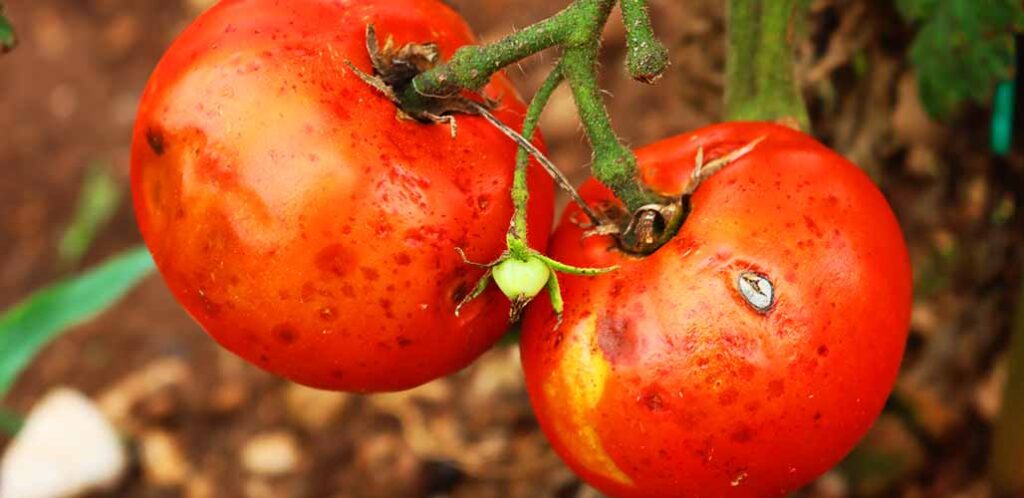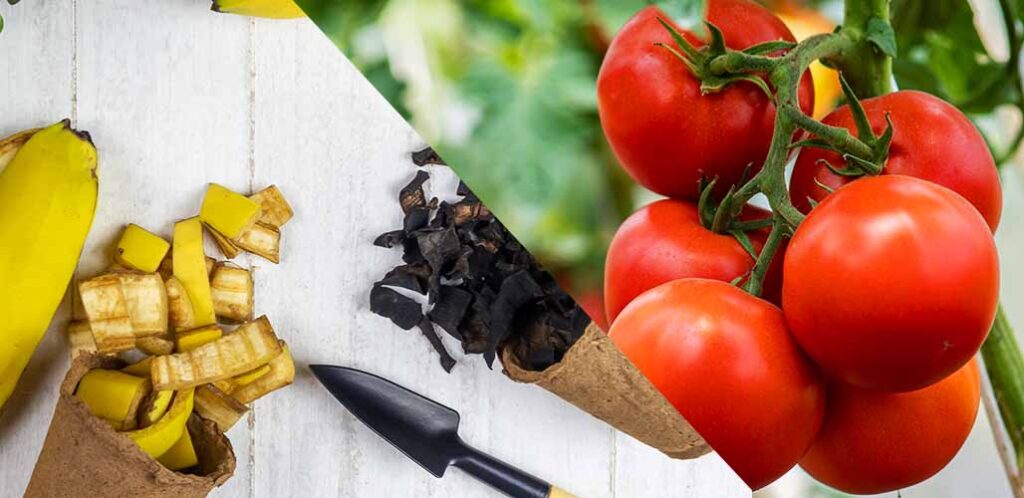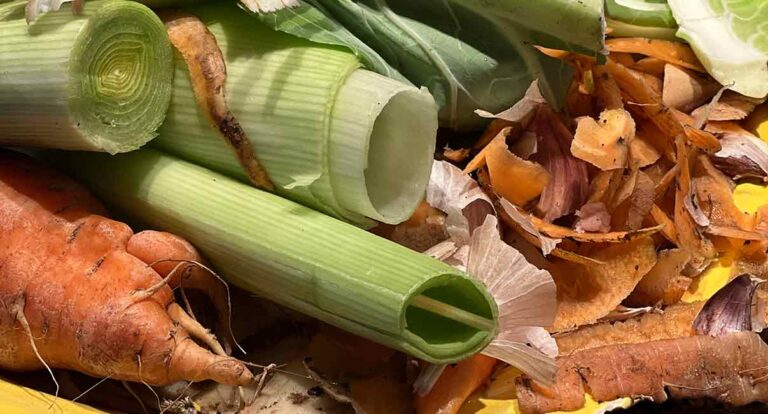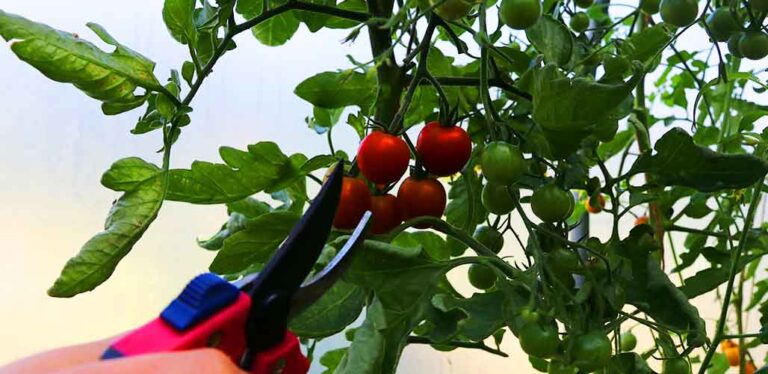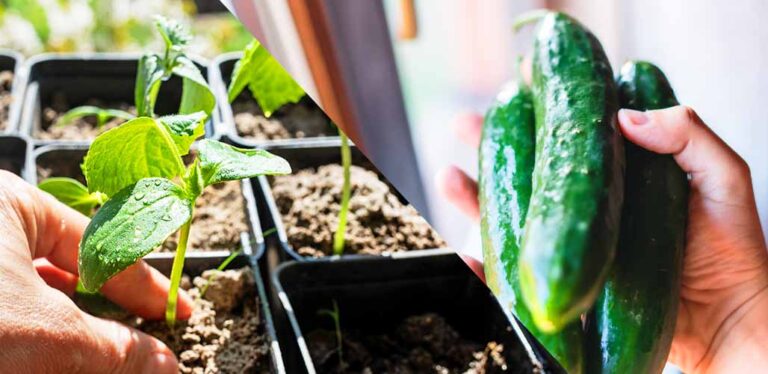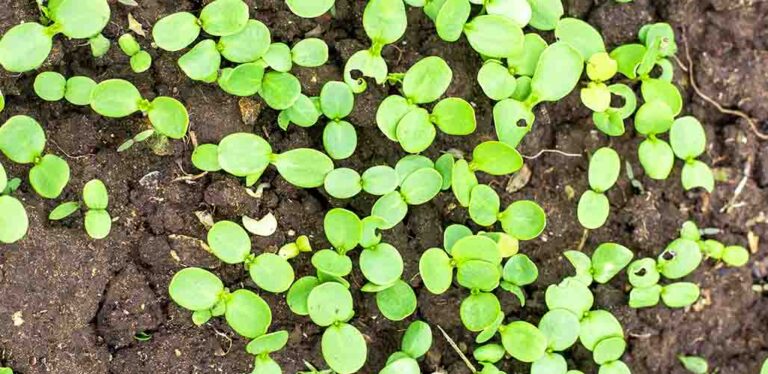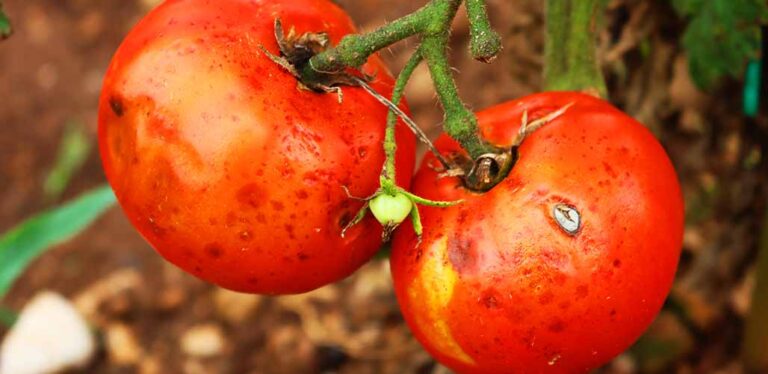How To Get Started With Tomatoes
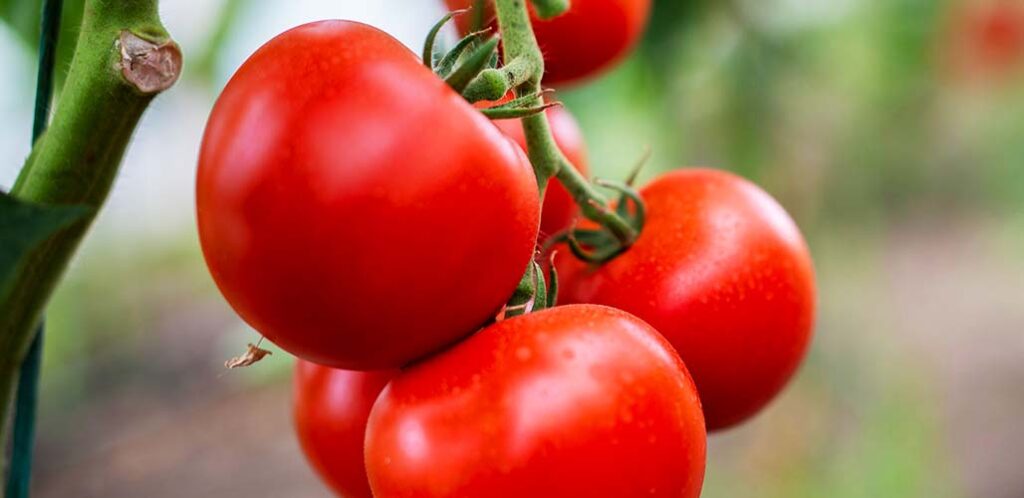
Tomatoes are among the most popular grow-your-own crops. In fact the aroma of tomato leaves in the sunshine is so nostalgic and evocative for so many of us that you can even buy candles and room sprays inspired by the scent! But none of them beat growing your own and enjoying the taste of freshly picked fruits too. The process of growing tomatoes isn’t exactly difficult, but it’s important to take note of all the steps, and not miss any. Take it from someone whose cavalier attitude to cutting corners has cost them their whole crop in the past! So here’s how to get started with tomatoes, and set yourself up for bumper crops of exquisite-tasting fruits in a couple of months’ time. Once you’ve done it once, repeating the steps each year will become one of the most exciting and familiar rituals of spring.
Contents
- Tomato basics
- Popular tomato varieties to grow yourself
- Growing conditions for happy tomatoes
- Getting started with tomatoes – sowing and growing
- Caring for tomato plants
- Tomato pests and diseases
- Troubleshooting common growing problems
- Harvesting and storing your crop
Tomato basics
Did you know that around the world, nearly 200 million tonnes of tomatoes are grown every single year? In fact they’re one of the most widely and frequently enjoyed fruits (or vegetables, if you’re more inclined to think of them that way). So it’s hardly surprising then that they’re among the most popular grow-your-own crops too. Gardeners can wax lyrical for days about the joy of a homegrown tomato, fresh from the vine and still warm from the sun.
Since tomatoes are grown so widely, lots of varieties have been developed, with very specific individual traits. Which means there is something for everyone, but narrowing them down can put you off even getting started. The best approach is to decide your top priority and proceed from there. For example you can search for seed based on:
- Color. They’re most famous in their red form, but tomatoes can also be pink, yellow, orange, deep purply-black. Tiger varieties even have stripes!
- Fruit size. The smallest tomatoes are about the size of a blueberry, whilst the largest grow to 5lbs or more!
- Purpose. Choose between cherry tomatoes perfect for snacking and salads, mid-sized tomatoes known as ‘slicers’, and paste tomatoes with almost no seeds for making sauces. Or choose an all-rounder, and use it for everything!
- Climate tolerance. Growers and nurseries have developed strains of tomatoes which are exceptionally hot or cold temperatures outside of their usual growing range.
- Disease resistance.
- Growing habit. Whether you’ve got a big greenhouse or a small window sill, there’s a tomato variety that will fit.
Choosing between indeterminate and determinate tomatoes
On the subject of growing habit, all tomatoes are either indeterminate (also known as cordon, or vining), or determinate (also known as bushy). Indeterminate tomatoes are the ‘original’ growing habit. They have one main stem, which has the potential to grow continuously until the end of the summer. In other words, they grow tall, and narrow. The good things about growing indeterminate tomatoes are:
- You get more varieties to choose from.
- They take up a relatively small footprint, so you can fit more plants into a space like a greenhouse.
- The fruits ripen one after another, so you get a steady supply over a long period.
However, they also need:
- Plenty of head space over them for growing tall.
- Support to stop them falling over.
- Regular pinching out (pruning) to make them channel energy into fruit production and not foliage.
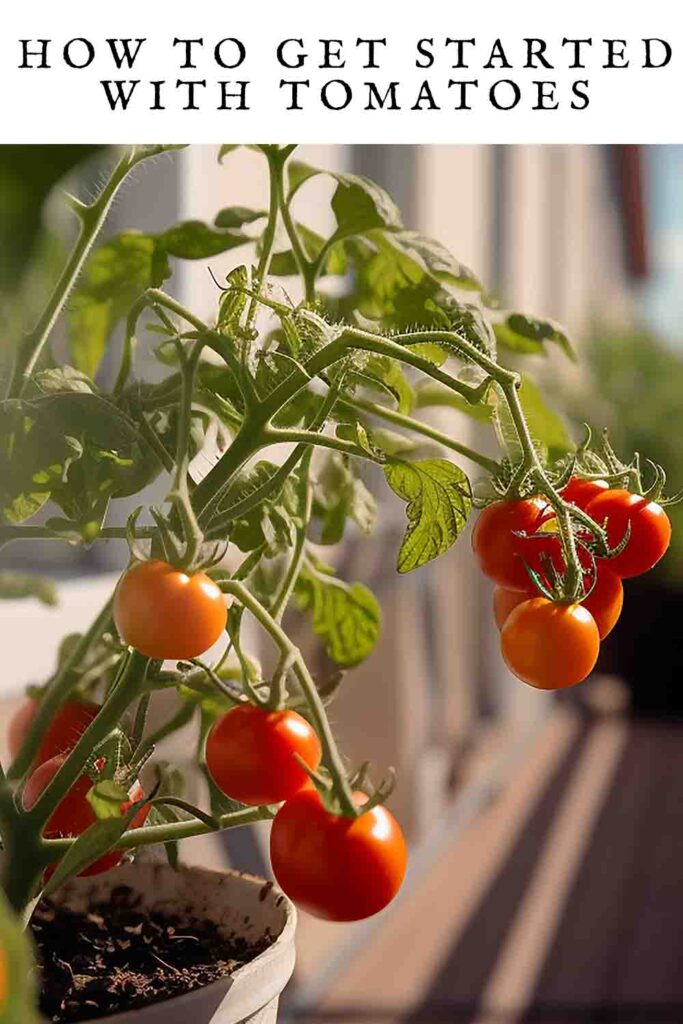
On the other hand, determinate (bushy) varieties all have a ‘self pruning’ gene, which causes them to grow lots of shorter stems that have a stopping point, instead of growing continuously. In other words, they are short and wide. Determinate types are great because:
- They don’t need pinching out.
- Some types don’t need support either.
- You can grow them in hanging baskets.
- They don’t need much space.
But, their fruits will ripen all at once. This can be a welcome thing (if you want to make chutneys, or canned tomatoes), or an unwelcome glut. But for novice tomato growers just getting started, one or two bushy varieties is a good, low maintenance place to start.
Popular tomato varieties to grow yourself
There are literally thousands of tomato varieties to choose from, from old heirloom varieties steeped in history, to super-sweet modern cultivars with high disease resistance. Lots of geographical regions even have their ‘own’ tomato, which is especially productive in that climate. Here are some of the most reliable for getting started with:
Indeterminate (cordon, or vining) varieties
- Black Cherry. Tasty, striking to look at, resilient, and extremely heavy cropping. Everyone should try growing Black Cherry tomatoes at least once, and if you’re spoiled for choice, just choose this one.
- Blush Tiger. Blush Tiger tomatoes are almost too pretty to eat. But only almost, because they’re also delicious, and one of my favorites. They have delicate yellow and peachy-orange stripes that look practically iridescent.
- San Marzano. The classic Italian plum tomato! This versatile variety is perfect for pizzas, pasta sauces, sandwiches and salads – everything really.
- Sungold. Sungold is a yellow cherry tomato with higher than average sugar levels. They’re sweet, aromatic and delicious for snacking on straight from the vine.
- Sweet Million. A heavy cropping red cherry type, for if you want a tom which looks familiar, but tastes better than anything you’ve ever bought in a store.
Determinate (bushy) varieties
- Galahad. Not all bushy varieties are small. This is a big red beefsteak variety, so it needs a bit of support.
- Gumdrop Black and Gumdrop Yellow. Round cherry tomatoes about an inch across, with either black or yellow skin. The fruits are so pretty, they are perfect for growing in small spaces like balconies and window sills.
- Plum Regal. A versatile and disease-resistant plum variety suitable for salsas, sauces and salads.
- Red Currant. A fascinating tiny tomato, which produces long cascades of tart, grape-sized fruits. If you’re going to grow your tomatoes in a hanging basket, I urge you to pick this one!
- Sunrise Sauce. An unusual yellow paste variety for making eye-catching yellow sauces and passatas.
Growing conditions for happy tomatoes
Tomatoes are a spring and summer crop. The seeds need soil temperatures of at least 65°F in order to germinate, and the young plants will be killed up by any late overnight frosts. Depending on your region, you might need to start them off indoors on a warm window sill. Once growing away, most varieties perform best in temperatures between 70 and 75°F. If you live in a cool region, take a look at the varieties Ailsa Craig and Glacier, which were specifically developed for their ability to bear fruit below 70°F. And in hot regions, try growing Bella Rosa, Phoenix, or Florida 91, which have all been developed for their ability to set fruit even when the mercury reaches over 80°F.
You can grow tomatoes outside if your area is warm enough, or under glass in a greenhouse or polytunnel if it’s not. Planting them against a sunny wall is a good idea – the bricks will act a bit like a radiator and keep them warm at night too. Indeterminate (cordon) types tend to get top heavy when they start producing fruit, so think about how you’ll protect them from strong winds.
Getting started with tomatoes – sowing and growing
Tomato seeds are amongst the most reliable and easy to germinate yourself. The seed stays viable for a long time too. This year I sowed some tomato seeds from a packet I bought 4 years ago, and 90% of the seeds germinated!
Sow the seeds an inch or so apart in either sowing compost or multipurpose compost, and cover them with just a sprinkle more compost. I’ve used 3” pots, plastic fruit trays from the grocery store, and even plastic cups for sowing tomatoes – just poke some drainage holes in the bottom, and plant as many seeds as you can fit in an inch apart. Use a propagator or plastic bag to stop the compost drying out until the seeds have germinated, which takes up to two weeks.
Once your seeds have germinated, move them to the sunniest windowsill in your home to stop them getting long and spindly.
Pricking out
When the seedlings have two true leaves in addition to their two seed leaves, gently hold them by a leaf and use an old popsicle stick or table knife to lift them out of the compost and relocate them into their own 3″ pot. Tomatoes can grow new roots from their stems, so plant them half an inch or more deeper than they were before, to encourage a strong root system.
Tomatoes are drama queens and tend to wilt right after being moved. But don’t panic – give them a drink and leave them alone, and they will perk up again!
Moving to their final location
Tomato seedlings are ready to transplant into their final location when the temperature is at least 60°F, and there is no more chance of a late frost. Get them used to their new conditions by putting them out during the day and bringing them in again overnight for about a week before planting them out. This process – known as hardening off – gives the leaves and stems a chance to get thicker, more robust, and more resilient to fluctuating temperature, wind, and weather conditions.
Make it easier
Growing tomatoes from seed brings an enormous sense of accomplishment, but there are no medals for it. If all the extra steps involved don’t appeal to you, you can buy young plants that have already been hardened off from a nursery instead. Alternatively, ask a neighbor if you can propagate new tomatoes from the side shoots on their plants.
Whichever approach you take, check the growing instructions for that variety to see how far apart to plant them in the ground, or how many plants will fit in a container or grow bag. Plant your seedlings so the soil or compost comes right up to their seed leaves (which you can remove). The submerged stem will start producing roots to anchor your plant firmly, and improve how efficiently the plant takes up water and nutrients.
Caring for tomato plants
Tomatoes are thirsty plants, but most of all, they need a water supply which is consistent and steady. If you let them dry out, and then water them heavily, the sudden uptake of water causes their skin to split. Tomatoes also rely on even watering to transport calcium and other important nutrients from the soil to the leaves, flowers and fruits. To ensure a steady supply of water to your tomatoes’ roots, it’s a good idea to use a self watering planter, install a drip irrigation system, or use an olla.
Tomatoes are also hungry plants. They specifically need plenty of potassium for promoting and regulating the production of flowers and fruits. And they also need access to plenty of soluble calcium for building the cell walls in their fruit. There are plenty of pre-mixed fertilizers you can buy specifically for tomatoes, or you can nourish them with a homemade plant food.
If you’re growing your tomatoes in a greenhouse, keep an eye on the temperature. Most tomato plants produce fruit when night time temperatures are above 55°F and the day time temperatures are below 80°F. After an unprecedented heat wave last year, this year I’m going to be investing in a greenhouse thermometer which records minimum and maximum temperatures as well as current temperature. When the reading starts going above 75°F I’ll reduce the temperature by damping down the floor of the greenhouse with water in the mornings, and using a shade cloth to filter the sunlight.
Tying in and pinching out cordon tomatoes
Cordon, a.k.a. vining or indeterminate tomatoes will also need regular pinching out. First, pinch out any new stems which grow from the place where a leaf meets the stem. You’ll need to check your vines and repeat this at least once a week throughout the growing season. Secondly, pinch out the top of the main stem once 4 – 7 flower stems (‘trusses’) have appeared, or you’ve run out of headspace in your greenhouse. Growers all have their own ideas about the optimum number of trusses to keep, and it will vary by the variety you’re growing, and the exact conditions you’re keeping them in. Some gardeners even swear by growing tomato vines with just one single truss, and the record for the most tomatoes harvested this way is 1,269!
Tomato pests and diseases
No crop is immune to the possibility of attacks from pests or disease. Some common tomato foes are:
- Blight
- Leaf mold
- Aphids
- Spider mites
Blight
Blight is a fungal infection which is more common in tomato plants grown outside than vines grown in greenhouses. It starts as a wet rot on the leaves and stems, and unfortunately it can’t be treated. So if it strikes, the plants need to be destroyed as soon as possible to stop it spreading or overwintering in the soil and coming back next year. Harvest any remaining fruit and either ripen them on a sunny window sill or turn them into relish.
Leaf mold
On the other hand, leaf mold is a fungal problem that more usually affects greenhouse tomato plants. It’s characterized by yellow spots on the upper surface of the leaves, and grey-brown mold on the underside. The mold doesn’t affect the flowers and fruit directly, but without healthy leaves to support them, they tend to be small and disappointing. There’s no cure, but you can protect your vines by removing all the leaves below the first fruit truss in your vine to promote airflow, and watering plants from below to keep the foliage dry.
Aphids
Aphids are sap-sucking bugs which colonize the leaves and stems of tomato plants. Since they disrupt the flow of water through the plant, their presence can cause damage to leaves, and reduce your harvest. Aphids can also carry infectious viruses from one tomato plant to another. Rub away small numbers with your thumb, and wash off larger infestations with a jet of water from a sports bottle. You can also buy boxes of ladybugs, who will eat them up for you!
Spider mites
Spider mites are another sap-feeding insect. They love the dry warmth of greenhouses in particular. They are almost microscopically tiny, so look out instead for the upper surface of tomato leaves becoming mottled, and a gray-white deposit of webbing littered with cast-off skins and egg cases on the underside of the leaves. The best way to control spider mites is by cleaning your greenhouse thoroughly every spring, and emptying a can of water onto the floor every morning to increase humidity. But if they arrive anyway, you can eradicate them with pesticides or predatory midges.
Troubleshooting common growing problems
Once you’re familiar with the various steps of growing tomatoes, they are one of the easiest and reliable crops you can grow. Which makes sense, because I doubt they would ever have achieved the popularity they have if they caused nothing but head aches every year! Nonetheless, things sometimes don’t go how you expected, or hoped. One of the most common problems for tomato growers is vines that don’t produce flowers, or flowers that don’t leave fruit in their wake. This is usually a result of being too hot. In conditions over 80°F many varieties will stop producing flowers or setting fruits. If you cool them down using a sunshade, or watering the floor of a greenhouse, they should start setting fruit again.
Another frequent issue is blossom end rot. This is when the end of a ripening fruit furthest from the stem turns black. For a long time, it was attributed to insufficient calcium in the soil, but researchers have recently confirmed that it’s actually caused by stress due to heat, high light intensity, or irregular watering. You can still use the fruit once the affected areas have been cut away, and future fruit won’t be affected if you correct the environmental conditions. Split fruit are also caused by uneven watering. When plants dry out, and then receive a heavy watering, the cells in the flesh of the fruit swell rapidly, and cause the skins to split. Some growers swear by harvesting fruit when they’re only partly ripe to prevent splitting, but there’s no need to make that compromise on flavor if you just water them consistently!
Bleached and discolored leaves are a common symptom of several underlying problems. Diagnose your plant and restore their leaves to green using this guide to white tomato plant leaves.
Harvesting and storing your crop
Tomatoes are ready to pick when they’ve reached their final color all over, their skin is smooth and shiny, and they’re neither rock solid, nor squashy. Most importantly, they come away easily from the vine when you pull them gently. They’re best enjoyed straight away, or processed into canned tomatoes, passatas, or relishes. Ripe tomatoes can be stored for a few days in a refrigerator, but let them come back to room temperature before you eat them. Any under ripe toms you pick will ripen eventually on a sunny window sill, or in a paper bag with a banana.
Tomatoes are also one of the easiest crops to save seed from for next year. Here’s how:
How to get started with tomatoes – summary
If this is your first time growing tomatoes, my advice is to buy a bushy cherry tomato as a young plant, and plant it in a 12″ self-watering pot with some basil and a nasturtium. It’s going to look, smell, and taste delicious (you can even eat the nasturtium leaves and flowers!) Get hooked on the taste this year, and maybe next year you’ll be tempted to try growing from seed, tending to a cordon variety, or experimenting with an unusual variety you’d never find in a grocery store. Once you’ve done it once, you’ll want to keep coming back to growing tomatoes every year!
Let us know your plans for this year in the comments box down below. What are you looking for from your ideal tomato variety?

